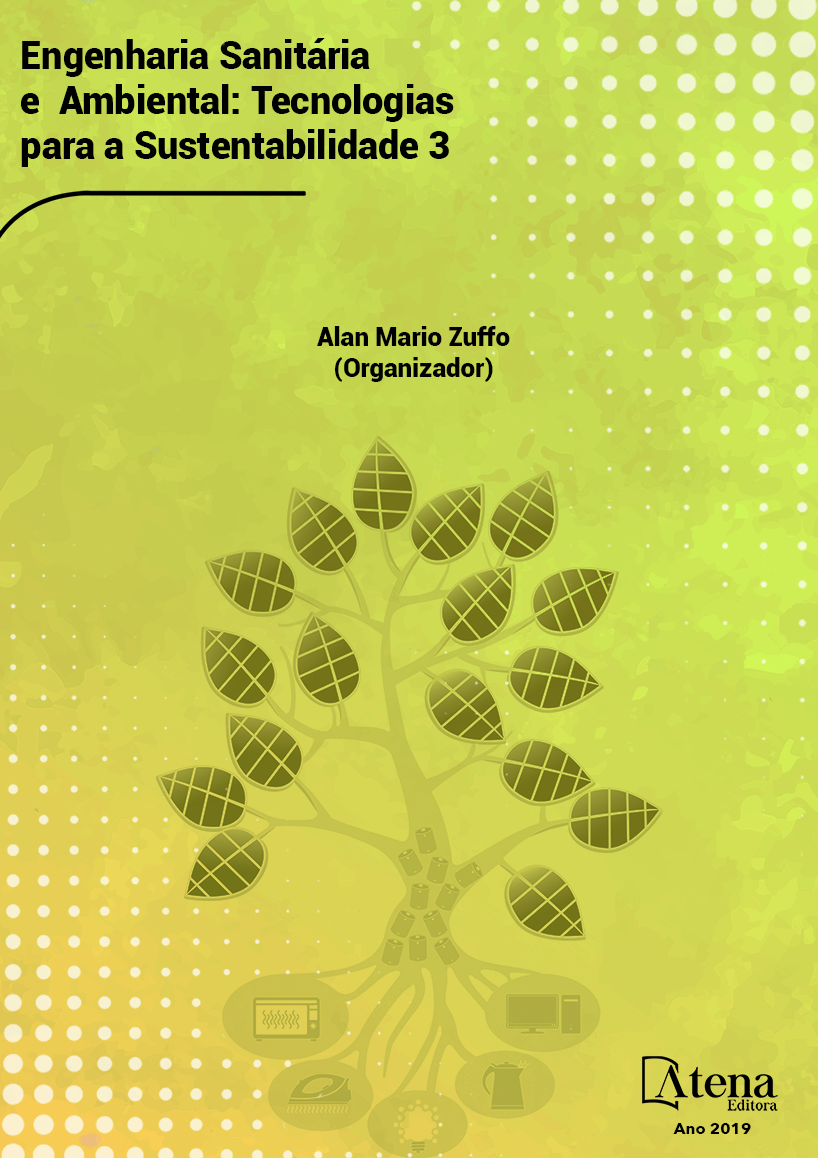
COLETA DE PRESSÃO - UM ESTUDO PARA TORNAR EFICIENTE O ABASTECIMENTO DE ÁGUA EM UMA REALIDADE DE DEMANDA REPRIMIDA EM REGIÃO DE GRANDE PERÍODO DE ESTIAGEM
Dentro da relação disponibilidade
versus demanda, no que se refere ao território
brasileiro na sua maior parcela, não existe déficit
de recursos hídricos. No entanto, a realidade
do Nordeste Brasileiro, em especial a região
Semiárida, muda devido aos grandes períodos
de estiagem (Tucci et al., 2000). A mais grave
estiagem dos últimos anos na Bahia reduziu
drasticamente a disponibilidade de água das
barragens do Prata e do Aipim, mananciais
que abastecem cidades e localidades da
região de Senhor do Bonfim (Embasa, 2013).
Ter água em quantidade e qualidade está
dentro das condições sanitárias básicas para
a sobrevivência humana, conforme cita a
declaração através da Assembléia Geral da
ONU, de que o acesso a água limpa e segura
e ao esgotamento sanitário constitui direito
humano fundamental, “essencial para o pleno
usufruto da vida e de outros direitos humanos”
(United Nations, 2010). Com o controle de
pressão é possível melhorar o abastecimento de
água, garantindo vazão e pressão necessária
para o usuário, assegurando um uso racional
da água de abastecimento público, além, de
auxiliar no combate às perdas físicas evitando
a pressurização da malha distributiva. A
pressão interna a uma tubulação é reconhecida
como o fator que mais diretamente influi nos
vazamentos de um sistema de abastecimento
de água. A importância da pressão se manifesta
tanto como geradora de fugas como também
por incrementar o volume perdido através
de vazamentos pré-existentes. É mister
salientar, que pressões elevadas favorecem
perdas de água, enquanto pressões baixas
dificultam o abastecimento domiciliar e facilitam
a contaminação da água no interior das
tubulações.
COLETA DE PRESSÃO - UM ESTUDO PARA TORNAR EFICIENTE O ABASTECIMENTO DE ÁGUA EM UMA REALIDADE DE DEMANDA REPRIMIDA EM REGIÃO DE GRANDE PERÍODO DE ESTIAGEM
-
DOI: 10.22533/at.ed.5171911043
-
Palavras-chave: Atena
-
Keywords: Atena
-
Abstract:
Within the availability versus
demand relation, with regard to the Brazilian
territory in its greater portion, there is no deficit
of water resources. However, the reality of the
Brazilian Northeast, especially the semi-arid
region, changes due to the great periods of
drought (Tucci et al., 2000). The most severe
drought in recent years in Bahia has drastically
reduced the water availability of the Prata and Aipim dams, sources that supply towns
and localities in the region of Senhor do Bonfim (Embasa, 2013). Having sufficient
quantity and quality of water is within the basic sanitary conditions for human survival,
as the UN General Assembly statement states, that access to clean and safe water
and sanitary sewage is a fundamental human right “essential to human health. full
enjoyment of life and other human rights “(United Nations, 2010). With the pressure
control it is possible to improve the water supply, guaranteeing the necessary flow
and pressure for the consumer, ensuring a rational use of the water of public supply,
besides, to help in the fight against the physical losses avoiding the pressurizing of the
distributive mesh. The internal pressure to a pipe is recognized as the factor that most
directly influences the leaks of a water supply system. The importance of pressure
manifests itself both as a leak generator and also because it increases the volume lost
through pre-existing leaks. It should be noted that high pressures favor water losses,
while low pressures make domestic supply difficult and facilitate the contamination of
water inside the pipes.
-
Número de páginas: 15
- Uilma Santos Pesqueira


